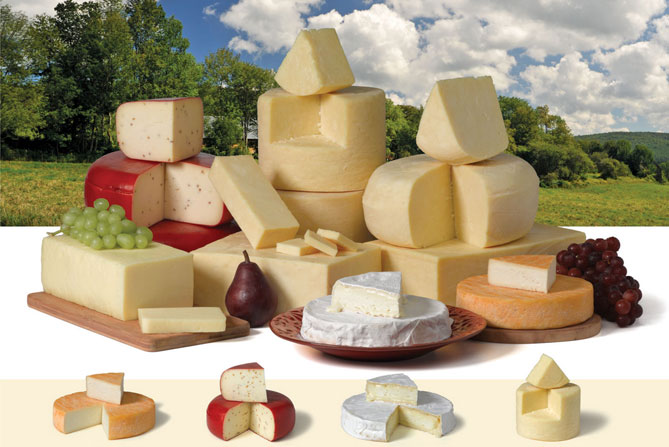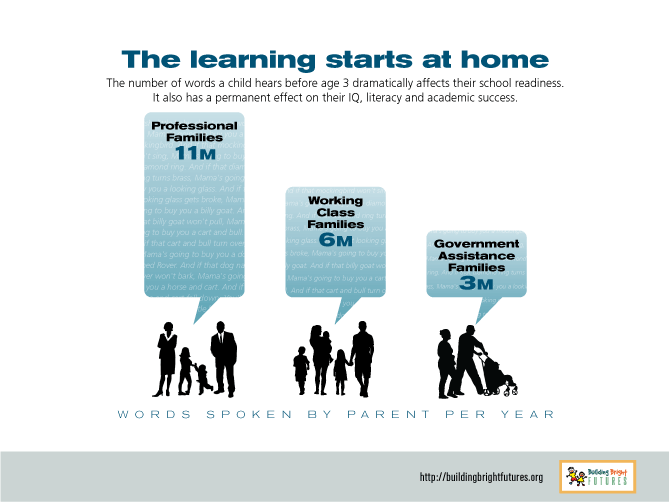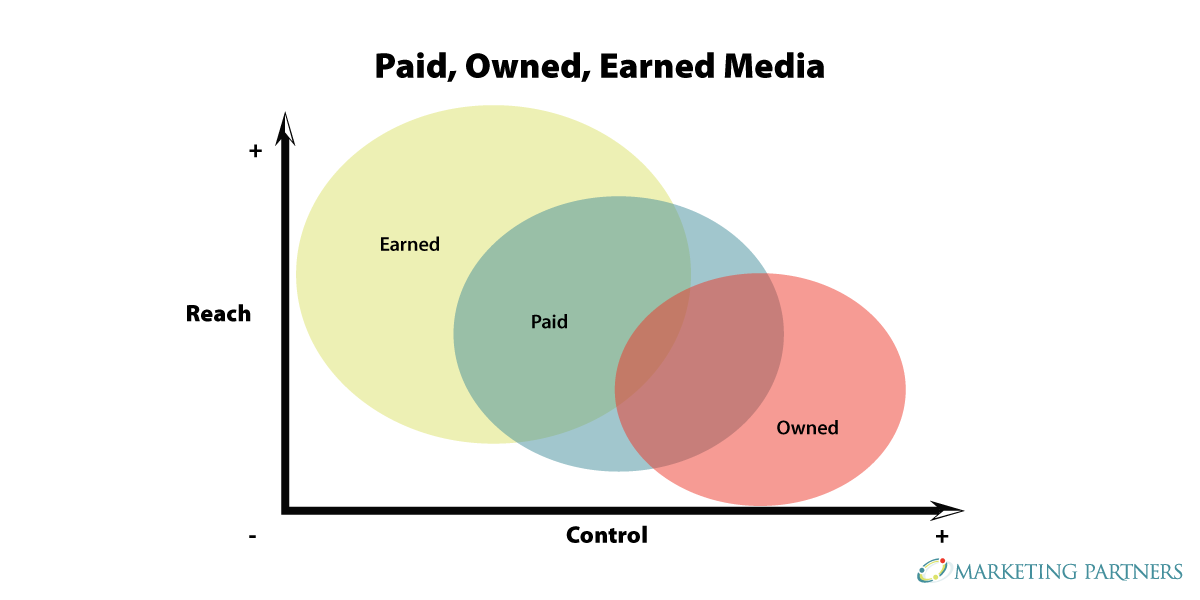How to Use Your Core Values to Inspire, Retain, and Energize Your Team
For the last few decades, but especially so in recent years, people are seeking out more than just an income from their place of employment. More...


"A picture is worth a thousand words" has never been more relevant. Cave paintings thousands of years old got a simple message across, but now you need to decide daily when or which pictures to use, from a myriad of sophisticated visual methods, so you can communicate complex messages quickly and persuasively in an attention-deficit world.
You and I are constantly scanning our environment for danger and opportunity, and we are hard-wired to respond to visual stimuli. When we encounter images, the clearest and most evocative cause the fastest and most direct response. Here are three examples of when you can say it better with pictures (and faster) than saying it with words alone.

You can use a lot of words to describe how people feel, what they're thinking, where they come from, what they look like — or you can say it all in one picture.

Describing your product with words can pale in comparison to evocative images that are professionally crafted to showcase details, put your offering in the best possible light, and take the customer on a journey or usher them into an emotionally charged environment.

When you need to present or compare statistics, facts or data, infographics do it best. Information translated into visuals engages your reader and facilitates faster comprehension of complex material.
As we navigate through this explosion of information from constantly advancing technology with ever-decreasing attention spans, images are often the best way to instantly communicate what's important.
When was the last time you read a text-only document online all the way through, without any visual relief from a nice photo or clear graphic? Our eyes are drawn to pictures, and faces; we respond to textures, colors.
With so many messages competing for our attention, images are simply a faster way to communicate persuasively. According to a MIT study, the human brain can process and identify images seen for as little as 13 milliseconds. A clear image that speaks to us will cut through the numbness of information overload. Think of these three examples the next time you have a decision to make about the most effective way to communicate with your audience.
The Change Conversations blog is where changemakers find inspiration and insights on the power of mission-driven communication to create the change you want to see.
© 2009- to present, Marketing Partners, Inc. Content on the Change Conversations blog is licensed under a Creative Commons Attribution-Noncommercial-NoDerivs 3.0 United States License to share as much as you like. Please attribute to Change Conversations and link to ChangeConversations.
Creative Commons License may not apply to images used within posts and pages on this website. See hover-over or links for attribution associated with each image and licensing information.

For the last few decades, but especially so in recent years, people are seeking out more than just an income from their place of employment. More...

You know nonprofit organizations need websites just as small businesses do, but you may be surprised to learn nonprofit sites can be more complex and...

In today’s rapidly evolving media landscape, understanding where and how your story is told isn’t just strategic—it’s essential. How you communicate...